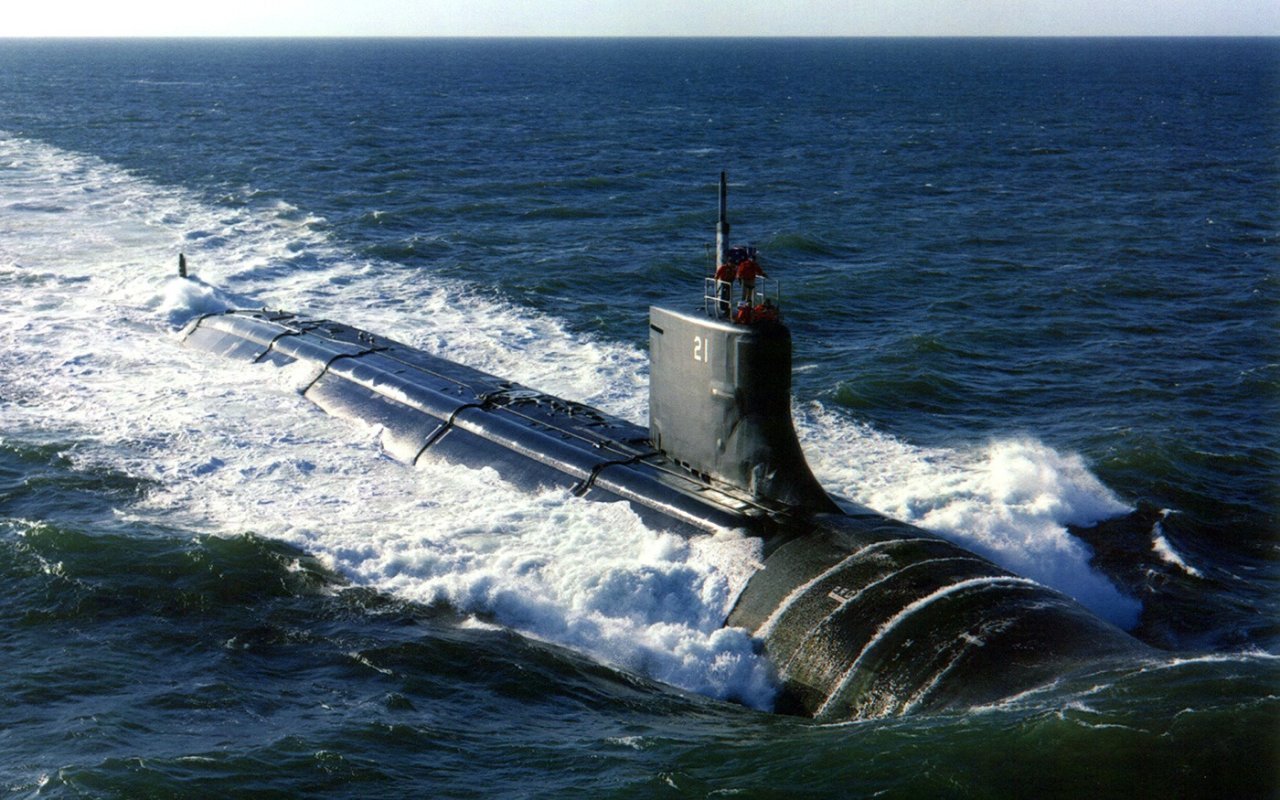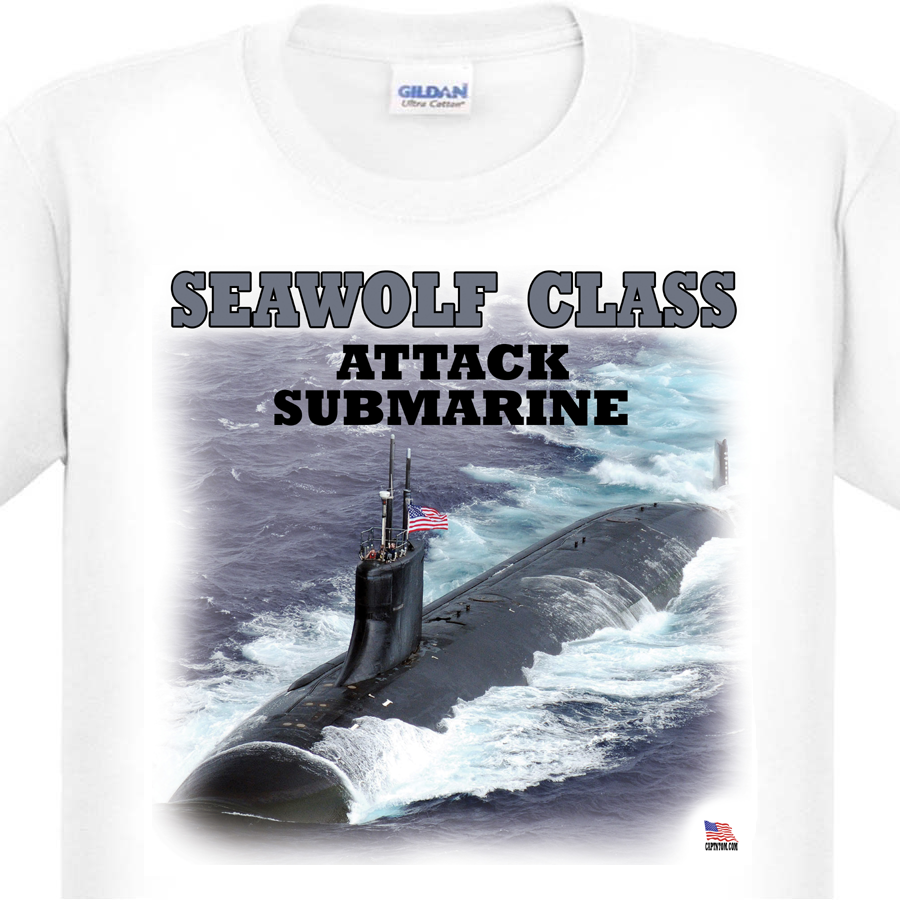

Constructed of rolled steel (vs forged steel), the superheaters were usually unable to allow the plant to operate at full capacity. The Office of Naval Reactors had determined that the unique superheated steam powerplant was too difficult to maintain, since the superheaters were rarely operational. She was out of commission until 30 September 1960. Seawolf returned to Electric Boat Company in Groton, Connecticut, on 12 December 1958, for conversion of her power plant from a S2G sodium-cooled LMFR to a S2Wa PWR. She received the Navy Unit Commendation : 344 for demonstrating the ability of the nuclear-powered submarine to remain independent of the atmosphere for the period of a normal war patrol. During this period, she logged over 13,700 nautical miles (25,400 km). Seawolf submerged on 7 August and did not surface again until 6 October. She then participated in exercises along the east coast until early August. In December, she began an availability period that lasted until 6 February 1958. Seawolf cruised to the Caribbean Sea for an exercise in November. Eisenhower embarked and was taken for a short cruise onboard her. The next day, President of the United States Dwight D. The submarine surfaced off Newport, Rhode Island, on 25 September after cruising 6,331 nonstop miles. On 3 September, she steamed across the North Atlantic to participate in NATO exercises. Between 16 May and 5 August, she made two voyages to Key West and participated in intensive training exercises. Seawolf departed New London, Connecticut, on 2 April for her shakedown cruise off Bermuda and returned on 8 May. Its future uses, after the reactor plant was replaced with a light water system, included covert operations in foreign waters, for which it was converted January 1971 – June 1973. Seawolf was originally thought of publicly as a hunter-killer submarine, but in fact was intended to be a one-off test platform for the SIR (aka S2G) LMFR reactor and future sonar platforms. Īlthough fully armed, Seawolf, like the first nuclear submarine, Nautilus, was primarily an experimental vessel. The S2G reactor was replaced with a pressurized water reactor similar to Nautilus and designated S2Wa, the replacement process lasting from 12 December 1958 to 30 September 1960. In Rickover's words they were "expensive to build, complex to operate, susceptible to prolonged shutdown as a result of even minor malfunctions, and difficult and time-consuming to repair." The leaks in the Seawolf steam plant were an important factor in the decision but even more persuasive were the inherent limitations in sodium-cooled systems.

Early in November 1956, he informed the Commission that he would take steps toward replacing the reactor in Seawolf with a water-cooled plant similar to that in the Nautilus. The Atomic Energy Commission historians' account of the sodium-cooled reactor experience was:Īlthough makeshift repairs permitted the Seawolf to complete her initial sea trials on reduced power in February 1957, Rickover had already decided to abandon the sodium-cooled reactor.

The prototype plant was eventually designated S1G and Seawolf 's plant as S2G. The Submarine Intermediate Reactor (SIR) nuclear plant was designed by General Electric's Knolls Atomic Power Laboratory and prototyped in West Milton, New York. Seawolf was the same basic "double hull" twin-screw submarine design as her predecessor USS Nautilus (SSN-571), but her propulsion system was more technologically advanced. Her distinctive reactor was later replaced with a standard pressurized water reactor, the replacement process lasting from 12 December 1958 to 30 September 1960. This sonar arrangement resulted in an unusual bow shape above the water for a U.S. Her overall design (known as SCB 64A) was a variant of Nautilus, but with numerous detail changes, such as a conning tower, stepped sail, and the BQR-4 passive sonar mounted in the top portion of the bow instead of further below. USS Seawolf (SSN-575) was the third ship of the United States Navy to be named for the seawolf, the second nuclear submarine, and the only US submarine built with a liquid metal cooled ( sodium), beryllium- moderated nuclear reactor, the S2G. S2G, replaced by S2Wa in 1960, geared steam turbines, two shafts, approx. For other ships with the same name, see USS Seawolf.Įlectric Boat division of General Dynamics Corporation in Groton, Connecticutĭisposed of by submarine recycling 30 Sept.


 0 kommentar(er)
0 kommentar(er)
